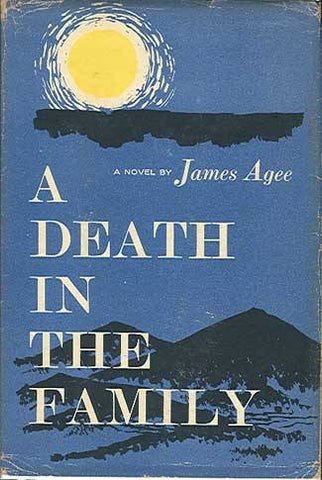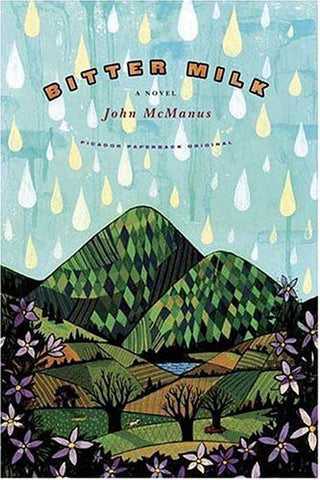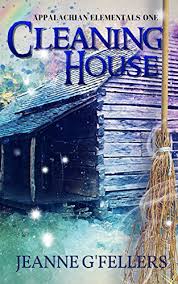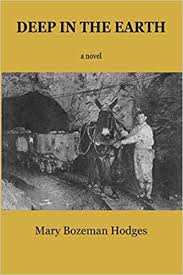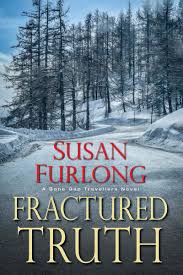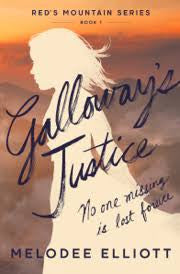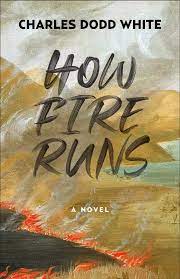Tennessee Fiction
In his groundbreaking 1,661-page doctoral dissertation, “The Southern Mountaineer in Fact and Fiction” (1961), Cratis Williams (1911-85) noted that The Prophet of the Great Smoky Mountains (1885) by Mary Murfree (1850-1922) “introduced for the first time full-dressed mountaineers in complete dominance in full-length fiction.” Previous novels featured outsiders encountering the mountain people. He noted that the novels of Sarah Barnwell Elliott (1848-1928) “came as near to dealing with the basic problems of her leading characters cleanly and honestly as any fiction purporting to interpret the life of mountain people ever did.” She published six novels between the years 1879-1901. In 1930 Anne W. Armstrong (1872-1958) of Johnson City published This Day and Time and in 1957 Andrew Lytle, one of the Vanderbilt Agrarians, published The Velvet Horn. Few Tennessee novels by Tennessee authors have retained their popularity as strongly as The Tall Woman (1955) by Wilma Dykeman (1920-2006) of Newport. A Death in the Family (1957) was published posthumously by James Agee (1909-55) and is the only Appalachian novel to have garnered a Pulitzer Prize. Christy (1967) by Catherine Marshall (1914-1983) has retained much of the popularity it received when first published. Cormac McCarthy is one of the world’s most distinguished contemporary authors. Before he moved out west, his first novels from 1965 when The Orchard Keeper was published until 1979 when Suttree was released, were all set in East Tennessee. David Madden’s third novel, Bijou (1974), named after the Knoxville theater, was the first he set in his native Tennessee. Kinflicks (1976) catapulted Lisa Alther into the front ranks of contemporary novelists. Elizabeth Cox’s distinguished career as a novelist began with the publication of Familiar Ground in 1984, and Amy Greene’s career began with Bloodroot in 2010.
-- George Brosi

